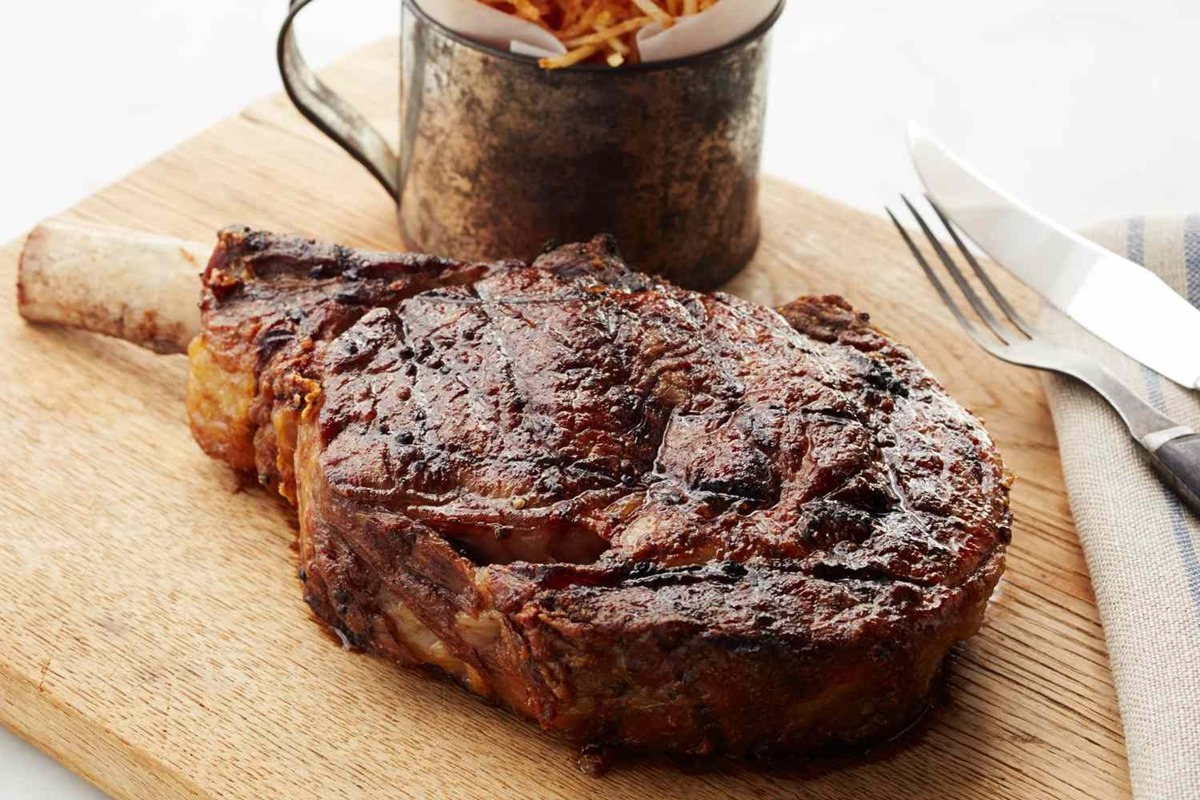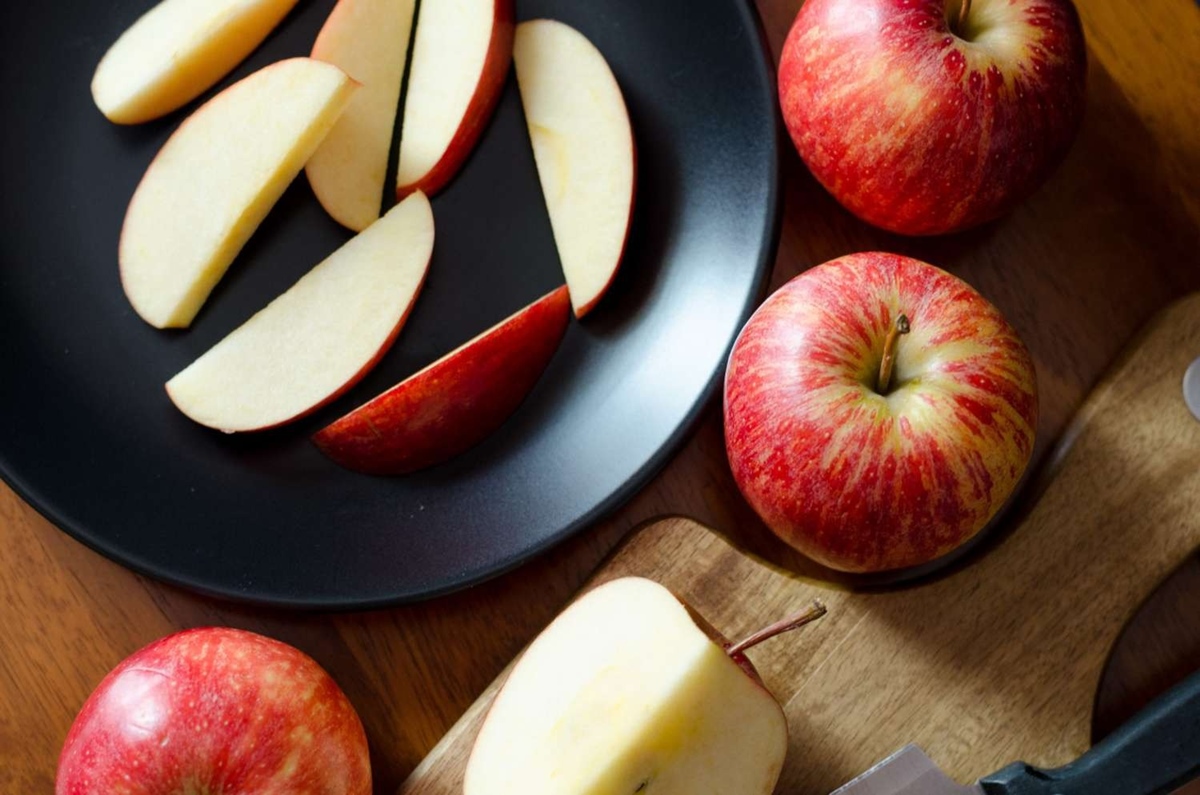How To Cut Apple Cider Vinegar Taste
Apple cider vinegar, often hailed for its numerous health benefits, can be an acquired taste that not everyone enjoys. Its tangy and acidic flavor can sometimes overpower dishes or beverages, leaving a strong aftertaste. But fear not! There are several simple and delicious ways to cut the apple cider vinegar taste and still reap its amazing benefits. Let’s explore some techniques below:
1. Dilute it with Water
One of the easiest ways to tone down the strong taste of apple cider vinegar is to dilute it with water. Simply mix equal parts of apple cider vinegar and water, and you’ll have a milder solution. This is ideal for those who are just starting to incorporate apple cider vinegar into their diet or prefer a more subtle flavor.
2. Mix it with Honey
If the tartness of apple cider vinegar is too much for you, try sweetening it up with a little honey. The natural sweetness of honey can help balance out the acidity and create a more palatable taste. Stir in a teaspoon or two of honey into your apple cider vinegar concoction, and you’ll have a delightful blend of flavors.
3. Pair it with Citrus Fruits
Citrus fruits like lemon, lime, or orange can work wonders in cutting the taste of apple cider vinegar. Squeeze the juice of a citrus fruit into your vinegar mixture to add a refreshing and zesty twist to it. The citrusy flavors complement the tanginess of apple cider vinegar, making it much more enjoyable.
4. Incorporate it into Recipes
Instead of consuming apple cider vinegar on its own, try incorporating it into your favorite recipes. Use it as a marinade for meat, drizzle it in salad dressings, or add a splash to homemade sauces and soups. When mixed with other ingredients, the unique taste of apple cider vinegar blends harmoniously, enhancing the overall flavors of the dish.
5. Experiment with Seasonings
Spices and herbs can go a long way in balancing the taste of apple cider vinegar. Try adding a pinch of cinnamon, ginger, or turmeric to your vinegar mixture. These aromatic seasonings not only help cut the acidity but also provide additional health benefits and flavors to your recipes.
6. Gradually Increase Intake
If you’re new to apple cider vinegar and find its taste overwhelming, start by gradually increasing your intake. Begin with a small amount and slowly work your way up. Over time, your taste buds may adjust and become more accustomed to the unique flavor of apple cider vinegar.
7. Choose Quality Brands
The quality of apple cider vinegar can vary among brands. Opt for organic, unfiltered, and raw apple cider vinegar, as it tends to have a smoother and more natural taste. These higher-quality options may be easier to incorporate into your diet without overpowering your taste buds.
Conclusion
Although the taste of apple cider vinegar may not be for everyone, there are numerous ways to cut the strong flavor and still enjoy its benefits. Whether you dilute it with water, mix it with honey, or incorporate it into your favorite recipes, there’s a method that can suit your palate. Experiment with different techniques until you find the perfect balance of flavors that works for you. Now, go ahead and embrace the wonders of apple cider vinegar while savoring a more pleasant taste experience!
Was this page helpful?
Read Next: How To Cut Apple For 2 Year Old











